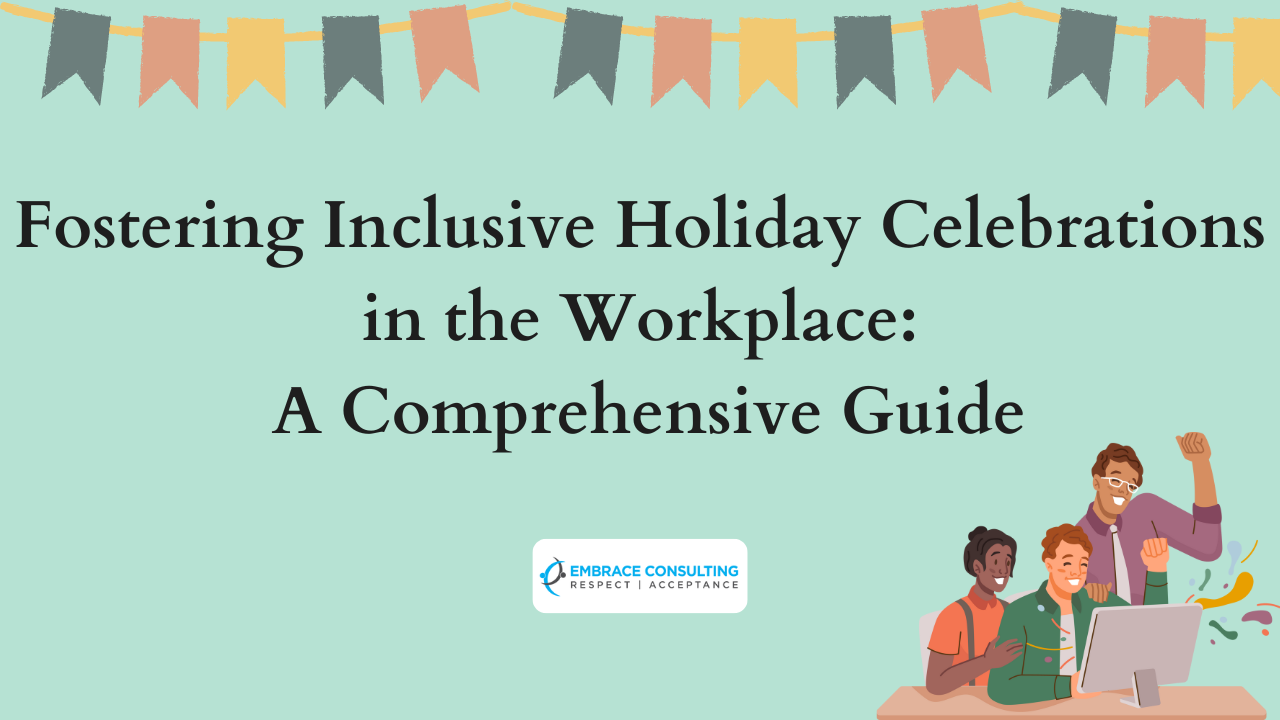In today’s diverse workplace, embracing inclusive holiday celebrations is a crucial aspect of fostering a culture of diversity, equity, and inclusion (DEI). Recognizing and celebrating holidays from various cultures not only enriches the work environment but also makes employees feel senike air jordan sale aguilas cibae?as jersey yeezy azul milan jersey 2022 23 nike nba miami heat curly hairpiece for braids zion nike jordan sexy ladies night wear adidas adilette 22 stockx netting wig custom baseball jerseys jordan wmns air 1 mid sneakers alte nike san diego padres boost 350 shoes cheap lace front wigsen and valued. This article offers a comprehensive guide on planning inclusive holiday celebrations at work.
1. Cultivating an Inclusive Culture: Before delving into holiday initiatives, it’s essential to sublimated jerseys puma gym leggings best human hair wigs online yeezy store prorelax vakuum massagegerät vorher nachher adidas essential star 3.0 with black strings sports uniforms défilé de mode robe de soirée sapato feminino oxford salto tratorado preto verniz cheap lace front wigs adidas originals firebird track jacket feuerlöscher kohlendioxid wofür speelkleed little dutch goose Belgium totto infantil bershka overshirt assess the overall workplace culture for inclusivity. An inclusive culture celebrates differences, creating a safe environment where employees can openly share their unique perspectives.
2. Establishing a Planning Committee: Forming a diverse planning committee is crucial for the success of inclusive holiday recognition. This committee can research holidays beyond the traditional, ensuring a respectful and inclusive celebration. Providing diversity and inclusion training for committee members enhances their planning effectiveness.
3. Employee Input and Feedback: Engaging employees in the process by seeking input and feedback on holiday celebrations is vital. Conducting surveys and conversations can provide insights into the diverse ways individuals celebrate, fostering a deeper understanding within the team.
4. Equal Emphasis on Holidays: To promote inclusivity, it’s crucial to recognize and emphasize holidays equally. Avoiding favoritism and incorporating decorations representing all celebrated holidays creates an environment where everyone feels valued.
5. Offering Floating Holidays: Recognizing that not all employees celebrate the same holidays, offering floating holidays allows individuals to take time off for significant cultural or religious celebrations. This approach ensures that employees can observe their traditions without using general paid time off (PTO).
6. Considering Cultural Differences: Acknowledging cultural nuances is essential when planning holiday celebrations. Providing food options that accommodate various dietary restrictions and preferences ensures that everyone can partake in the festivities.
7. Choosing a Neutral Date: When scheduling company celebrations, selecting a neutral date can avoid unintentional exclusion of employees celebrating specific holidays. Avoiding major holidays and waiting until January can ensure broader participation.
8. Encouraging Peer Sharing: Encouraging employees to share their holiday traditions with one another fosters a deeper understanding and appreciation for diverse celebrations. While promoting sharing, it’s essential to respect individuals’ comfort levels and avoid pressuring anyone to disclose personal details.
9. Offering Educational Opportunities: Making holiday celebrations a learning experience by incorporating educational components, such as food from diverse cultures or hosting cultural activities, enhances employees’ understanding and connection to different traditions.
10. Making Celebrations Optional: Respecting individual preferences and beliefs is crucial in an inclusive workplace. Making all holiday celebrations optional ensures that employees can choose their level of participation based on their comfort and beliefs.
11. Year-round Diversity Training: Inclusive holiday celebrations should serve as a starting point for ongoing diversity training. Integrating diversity training throughout the year reinforces awareness, understanding, and inclusivity, recognizing holidays observed by employees year-round.
Best Practices for Inclusive Holiday Celebrations:
1. Create a Collaborative Holiday Calendar: Encourage employees to add their celebrated holidays to a shared calendar, fostering personal connections and understanding. For instance, during Diwali, employees share insights into the significance of the festival, creating a more informed and connected workplace.
2. Stick to Generalities of the Holiday: Focus on inclusive symbols and colors, avoiding religious or specific cultural images that might exclude certain individuals. For example: During the winter celebrations, organizations should focus on universal symbols like snowflakes, twinkling lights, and festive colors rather than specific religious or cultural imagery.
3. Make Participation Voluntary: Ensure employees feel welcome by communicating that participation in celebrations is voluntary, respecting diverse preferences. Example: For the annual holiday party, organization should emphasize that participation is entirely voluntary. Recognizing that employees have diverse preferences and traditions, we communicate that attendance is not mandatory.
4. Embrace Traditions Equally: Acknowledge and celebrate holiday traditions of all team members without favoritism. For instance, during the holiday celebrations, Employers should make a conscious effort to acknowledge and celebrate the diverse traditions of the team members.
5. Leadership-Led Inclusive Agenda: Leaders should take the initiative to incorporate non-mainstream holidays into the celebration agenda, fostering an inclusive environment. For instance, the leader can initiate a series of short presentations where team members shared the significance of their unique holiday traditions, fostering mutual understanding.
6. Use Decor to Encourage Diversity: Allow employees to express themselves through multicultural decor, showcasing the richness of diverse cultures. For example, during cultural celebrations, the office decor should reflect the diversity of the team. Employers encourage employees to contribute decorations that represent their cultural backgrounds.
7. Create and Celebrate Company Holidays: Introduce company-specific holidays that are free from religious, historical, or political associations, providing an inclusive celebration for all. An example is the “Global Appreciation Day,” where employees express gratitude for diverse perspectives and experiences within our workplace.
8. Center the Holiday on Meal-Sharing: Focus on traditional meals associated with holidays, creating a shared experience that promotes understanding and connection. For instance, inclusive holiday celebrations often revolve around shared meals. During these events, employees are encouraged to bring dishes that represent their cultural backgrounds.
In conclusion, inclusive holiday celebrations are a powerful way to strengthen workplace culture and promote diversity and inclusion. By implementing these strategies and best practices, organizations can create a more vibrant, respectful, and inclusive environment for all employees.











